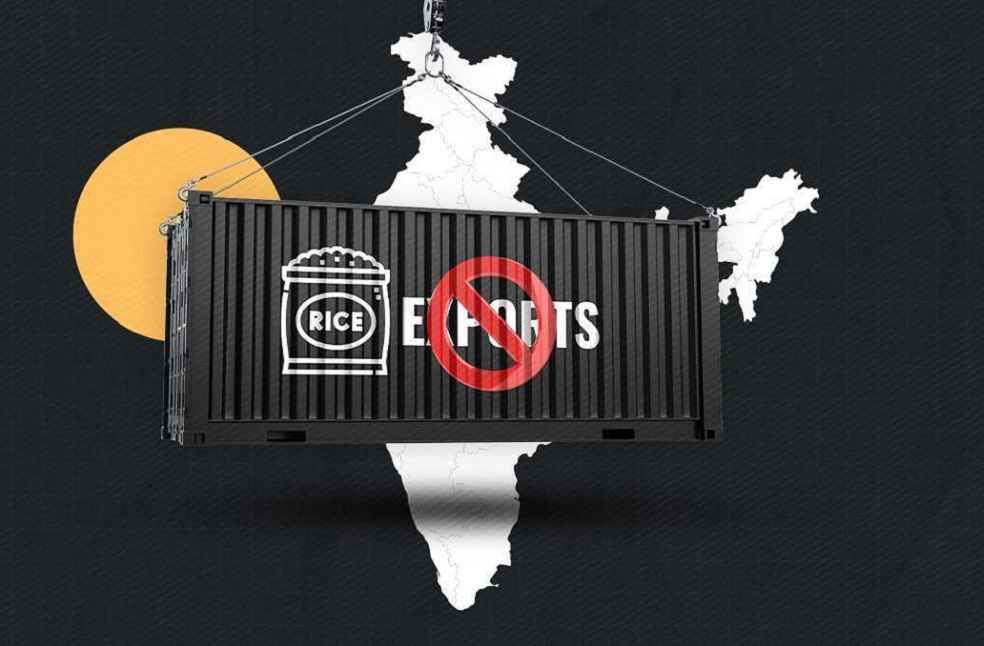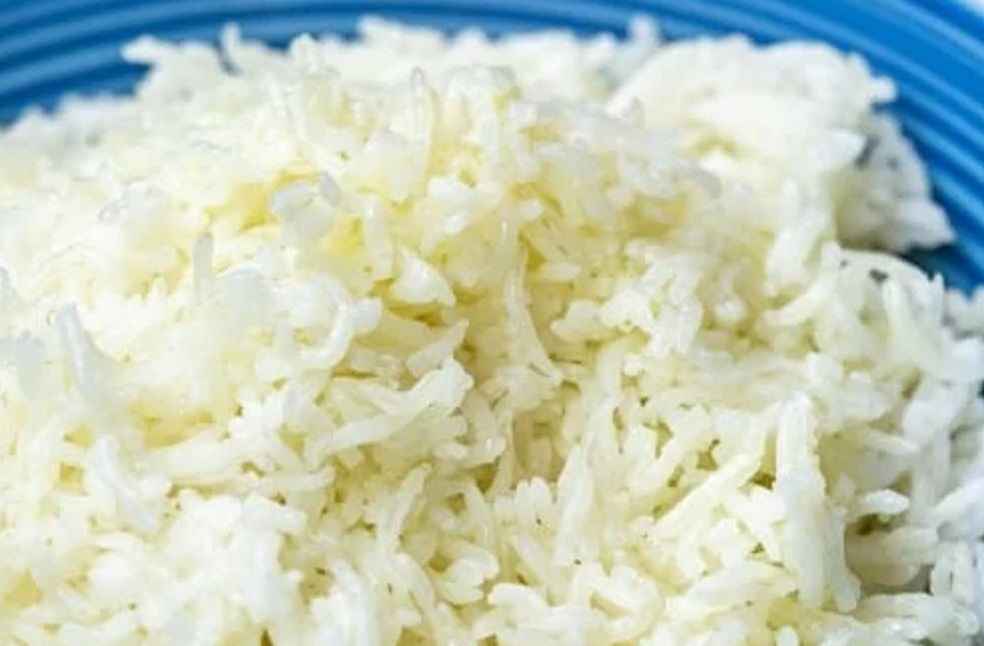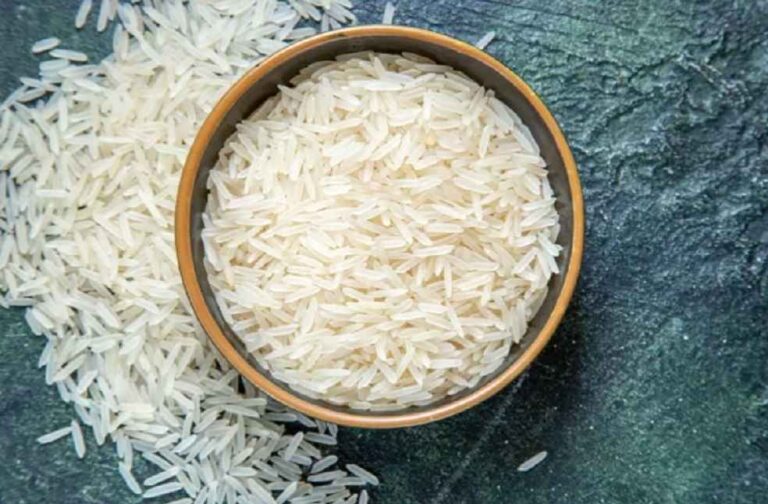South African consumers face escalating rice prices, a staple food item, exacerbated by global market changes and the country’s substantial import reliance. Thabile Nkunjana, senior economist at the South African Government’s Trade Research Unit, noted the nation imported around 1.2 million tons of rice in 2023, marking an 8.4% increase from the previous year.
The spike in prices largely stems from India’s recent restrictions on rice exports, a move that disrupted the global supply chain. As the world’s largest rice exporter, India’s policies heavily influence international pricing dynamics. “When India curtailed its rice exports in the second half of 2023, global export prices rose,” Nkunjana remarked. This decision impacted not only global markets but also directly affected South African consumers, with local prices for a 2kg bag of rice soaring from R36 to R46 within a year—a major 28% increase.

Seeking alternatives, South Africa turned to other rice-producing nations like Pakistan and Vietnam. Despite this strategy, relief remains minimal due to increased global demand, which also elevated prices from these new suppliers.
The impact resonates deeply with consumers. Virginia Maree, from Gqeberha in the Eastern Cape, expressed her distress: “Our expenses are going up, but salaries remain stagnant. It forces us to cut corners and tighten our budgets.” Maree, along with many others, faces the tough choice of seeking alternative staple foods as ongoing price hikes strain her financial limits.

In response to these challenges, Mervyn Abrahams, program coordinator at the Pietermaritzburg Economic Justice and Dignity Group (PMBEJD), advocates for a shift in sourcing. “Our predominant rice imports come from South Asia, overlooking viable suppliers within Africa,” he pointed out. Abrahams promotes sourcing from closer, African nations, which could provide logistical advantages and reduce risks in supply chains.
POLICY & LAW | Australia Optimistic on Lifting China Lobster Ban



